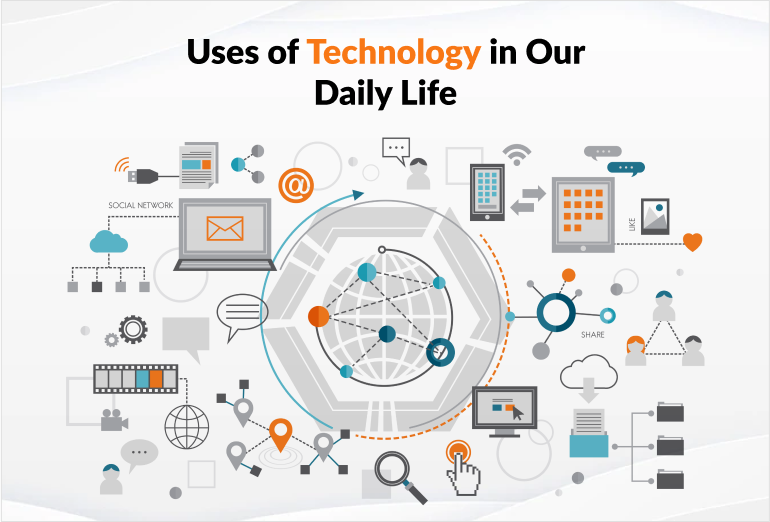1. The Evolution of Wearable Technology
Wearable technology has a history that dates back decades, evolving from simple step counters to sophisticated smart devices. Early innovations included basic pedometers and digital wristwatches, but today’s wearables integrate artificial intelligence, biometric sensors, and cloud computing.
Modern wearables began gaining traction with the introduction of fitness bands and smartwatches in the early 2010s. Companies like Apple, Samsung, and Fitbit popularized the market, incorporating GPS tracking, heart rate monitoring, and even electrocardiograms.
Now, the landscape of wearable technology includes augmented reality glasses, smart rings, and even implantable tech. The rapid advancements in miniaturization and connectivity, especially with 5G and IoT, are driving the next phase of wearable devices.

2. Key Applications in Everyday Life
Wearables are no longer just accessories; they have practical applications across various industries. From enhancing workplace productivity to simplifying payments, these devices are revolutionizing how we interact with technology.
- Communication: Smartwatches allow users to send messages, answer calls, and check notifications on the go.
- Entertainment: AR and VR headsets are transforming gaming, virtual tourism, and immersive experiences.
- Payments & Security: NFC-enabled wearables allow users to make payments without a smartphone or card.
- Workplace Efficiency: Smart glasses provide hands-free access to real-time data, assisting in industrial operations and remote collaborations.
Wearable devices are designed to seamlessly integrate with daily routines, improving efficiency and convenience.

3. Health and Fitness Innovations
Health and wellness are among the most significant areas where wearable technology is making an impact. Devices like fitness trackers and smartwatches help users monitor their physical activity, sleep patterns, and overall well-being.
Key health-related wearable innovations include:
- Heart rate and ECG monitoring to detect early signs of cardiovascular issues.
- Sleep tracking to improve rest quality and detect sleep disorders.
- Blood oxygen and glucose monitoring for real-time health insights.
- Wearable biosensors that track hydration levels, stress, and posture.
Medical wearables are also being used by healthcare professionals to track patient vitals remotely, allowing early diagnosis and timely intervention.

4. Wearables in Fashion and Smart Textiles
The integration of wearable technology with fashion is reshaping clothing and accessories. Smart textiles are embedded with sensors that respond to body temperature, movement, and environmental factors.
Innovations in wearable fashion include:
- Smart Fabrics: Clothing that adjusts insulation based on body temperature.
- LED-Embedded Clothing: Interactive outfits that display animations or react to music.
- Self-Lacing Shoes: Adaptive footwear that adjusts for comfort and support.
- Smart Jewelry: Rings and bracelets that track health data or act as digital IDs.
Fashion designers and tech companies are collaborating to create stylish yet functional wearables that blend technology seamlessly into daily attire.

5. The Future of Wearable Technology
The future of wearables is driven by artificial intelligence, machine learning, and biometric advancements. Key trends shaping the next generation of wearables include:
- AI-Powered Wearables: Predictive analytics for personal health insights and automated decision-making.
- Implantable Tech: Devices embedded under the skin for seamless monitoring and connectivity.
- Brain-Computer Interfaces (BCIs): Wearables that allow users to control devices through brain signals.
- Sustainable Wearables: Eco-friendly materials and energy-efficient designs to reduce environmental impact.
As wearable technology continues to evolve, it promises to redefine how we interact with our surroundings, improving convenience, health, and overall quality of life.



You must be logged in to post a comment.